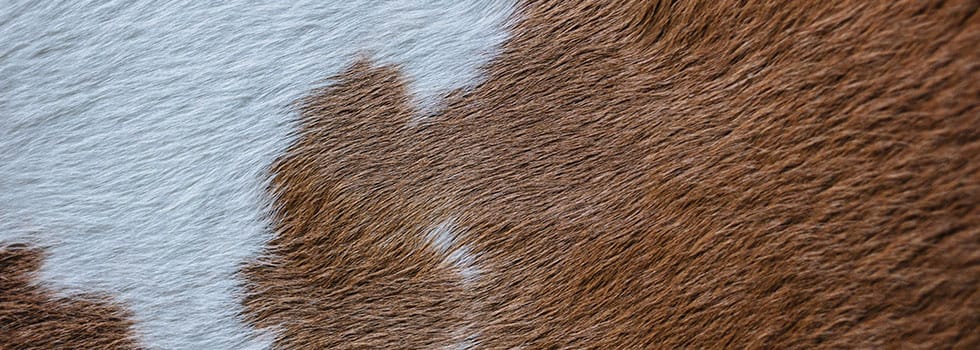How strong is real leather?

We love leather, in our years of doing leather sofa repair we’ve only grown more fond of it as a material. Leather has been a friend to humans for millennia. From ancient tribal footwear to modern handbags from Milan, leather has served us well and shows no sign of going out of fashion. The biggest environmental impact of furniture is felt when it doesn’t last a long time. Although using leather means a noble animal had to die, if you buy quality leather and keep it in great condition for years, it can be environmentally preferable to getting a vinyl sofa that only lasts a few years.
Although man made substitutes exist there are good reasons that we don’t favour them for most furniture, clothing, footwear and accessories. Leather is a natural solution to the age old problem of handling the wear and tear of the world of large mammals. It was designed through millions of years of evolution to protect cows (and other animals) from the heat, cold, and rough of the wild, to stand up to constant insect bites and the occasional brush with claw and fang. To achieve these impossible tasks leather has a complex and specific structure which makes it extremely strong, flexible and highly durable.

Let us give thanks to cows and treat leather with respect
We should clarify what we mean by ‘real leather’. You’d think it was simple but it isn’t. Some materials that are allowed to use the ‘real leather’ tag are made out of little bits of leather and are moulded together into a sheet that looks like an original leather hide. This is not real leather in our book. When we say real leather, we mean a section of the hide of a real animal. Even this comes in many forms but if it retains the original structure laid down by the animals growth, then it qualifies as ‘real leather’ for us.
What makes leather strong?
The secret to the strength of leather is in fibres. Rather than being made of relatively square blocks (like a wall), leather is made of long tight strings made of this very useful stuff called collagen. These run through the upper part of the hide deep into the lower regions and form a complex weave of interlocking, long, strong but flexible fibrils.
So leather isn’t strong like an iron bar, it’s strong like a million knotted fishing lines bunched up into a semi-orderly woven sheet. The more you delve into the secrets of the internal structure of leather the more you will be amazed at the nature of this material and the number of ways we’ve learned to prepare it for human use. We found this old article, The anatomy of leather from the journal of Materials Science to be a fantastic source of detailed information and insight.
How strong is it?
Leather comes in many forms so there isn’t one answer to how strong it is. There are also lots of different ways to measure ‘strong’ and strong doesn’t cover how abrasion resistant it is.
Nevertheless we can get an idea of what it takes to overcome leather’s natural toughness by taking a look at some industry people and hobbyists putting leather to the test in these videos.
Can we crunch it?
In this test the ‘bursting’ strength of a sheet of leather is being tested. This is the weight in KG it takes to deform the surface when applied over a fixed area, in this case the hard steel end of a plunger. It’s gripping stuff as we watch the force amount grow, watch for the sudden drop in the readout. That shows when the leather surface burst and stopped resisting the downward pressure in the same way. Once this has happened, it won’t be the same again.
What does it take to tear leather
In these 2 videos we see leather tests where a trip is pulled apart. You can see that it even when the leather starts tearing, the fibres hang on for a long time.
Leather breaking under the electron microscope
This is the best representation of the reasons for leather strength. You can see in fabulous detail how just one fibre is itself made out of multiple fibres, their long spidery fingers keep hanging on even as they are stretching and snapping one by one.
We hope you’ve enjoyed taking a look at leather under strain and share our love of this fine material. Leather can last for decades if it’s properly cared for. Those fibres need to stay nourished to keep their natural strength and the surface needs to stay resistant to the daily wear of normal life. Regular cleaning and rejuvenation of leather furniture is important to keep it in good condition for year after year. If you’d like any advice about the proper care of leather furniture, why not contact us and we’ll see if we can help.
Posted in:





